Imagine you’re recording a video or an interview outdoors, and the wind interferes with your sound quality. In such cases, you will need wind muffs for microphones to stop the wind from making noise. Wind can often create an annoying sound on the microphone, affecting the quality of the audio content.
This article will familiarize you with the application of wind muffs to keep your recordings sound clear from unwanted noise from the wind.Â
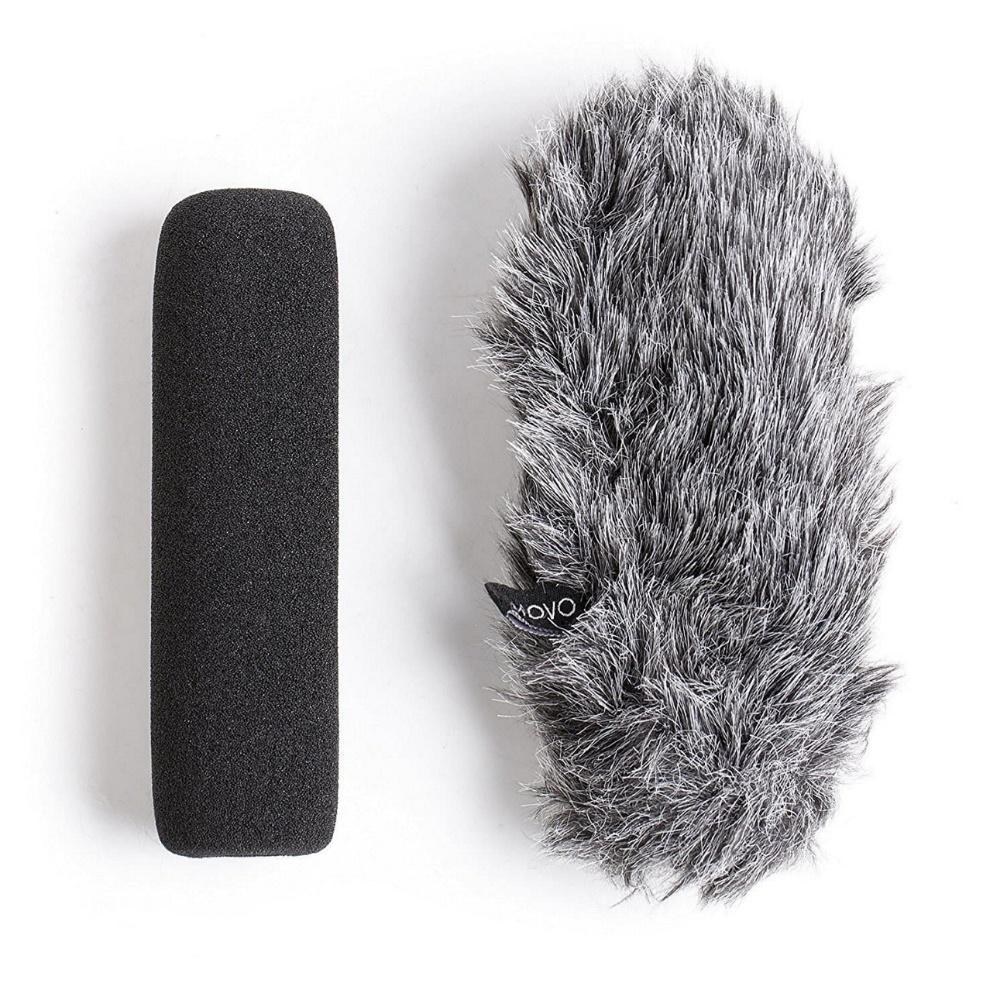
Table of Contents
What is a Wind Muff for Microphones?Â
Wind muffs, or windshields, are protective accessories that reduce wind noise when recording audio. These wind mufflers are especially useful when recording audio and video in outdoor or windy conditions. Even though these mic protectors may look funny, they can do an excellent job of blocking wind from hitting the microphone.
The working principle of wind muffs is pretty simple, as all they do is place a layer of porous material on the microphone capsule. By doing so, you can utilize this fluffy material to slow down and diffuse the airflow around the microphone. Moreover, they are handy for microphones with exposed capsules, including lavalier microphones or shotgun microphones.
Using a wind muff potentially blocks the noise caused by the wind in the content, giving you a foolproof audio quality. From major vloggers to content-creating agencies, the use of wind muffs is common. With such wide utility, it is essential to understand more about how they are beneficial in various conditions.
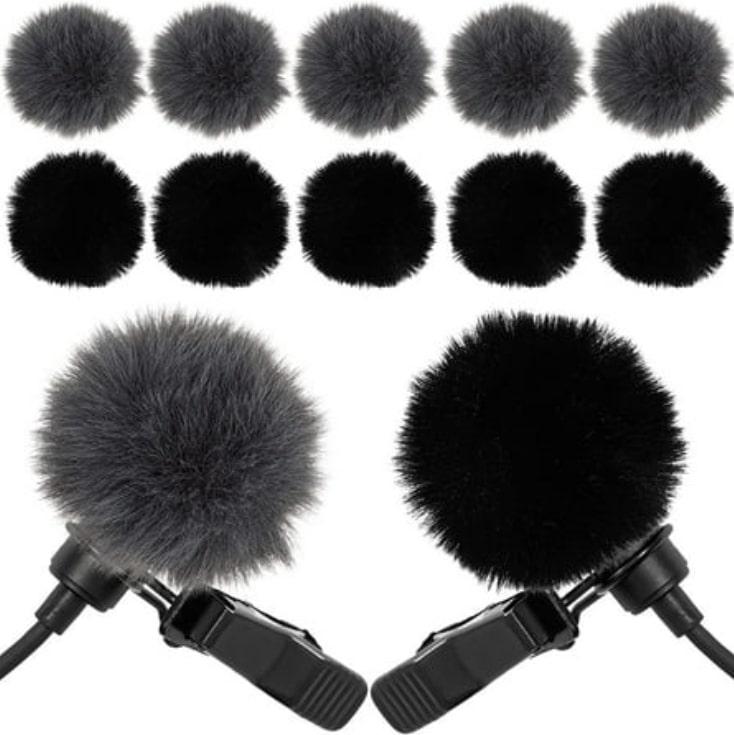
Pros and Cons of Using Wind Mufflers with Microphones
Every accessory, including the windshield, has a lot of different use cases, such as outdoor filmmaking and much more. However, with all these different use cases, this accessory has its pros and cons. Therefore, let’s take a look at some of the most common pros and cons: Â
Pros
- Wind mufflers have made a huge impact in reducing the distracting noises from the background to enhance the sound quality. Â
- Users can easily install this accessory without any complications according to the type of microphone.Â
- Sound quality can be enhanced significantly with the help of using the most suitable wind muffler with your microphone. Â
ConsÂ
- Many high-quality wind mufflers are very expensive, due to which budget-conscious users might not be able to afford them.    Â
- Windshields can increase the microphone setup, making them less portable while recording videos.
Different Types of Wind Muffs Available in the MarketÂ
When finding the right wind muff for your work, you might get confused with the type that would suit the conditions of your work. Several types of wind muffs are available in the market to match the varying microphone models.Â
You can also find a specific windshield suitable for any wind condition, including light breezes or heavy storms. Let’s analyze these different wind muff types to help you find the best one for your needs.Â
Foam Windshields
These are the simplest and most common wind muffs to protect microphones from wind disruptions. The structure of these foam windshields fit over the microphone’s capsule to stop the air from interfering with audio quality. Additionally, this protective layer effectively reduces light to moderate wind noise, having speeds of around 1 m/s. Anyone can use these wind muffs while recording with handheld mics and some Lavalier microphones.
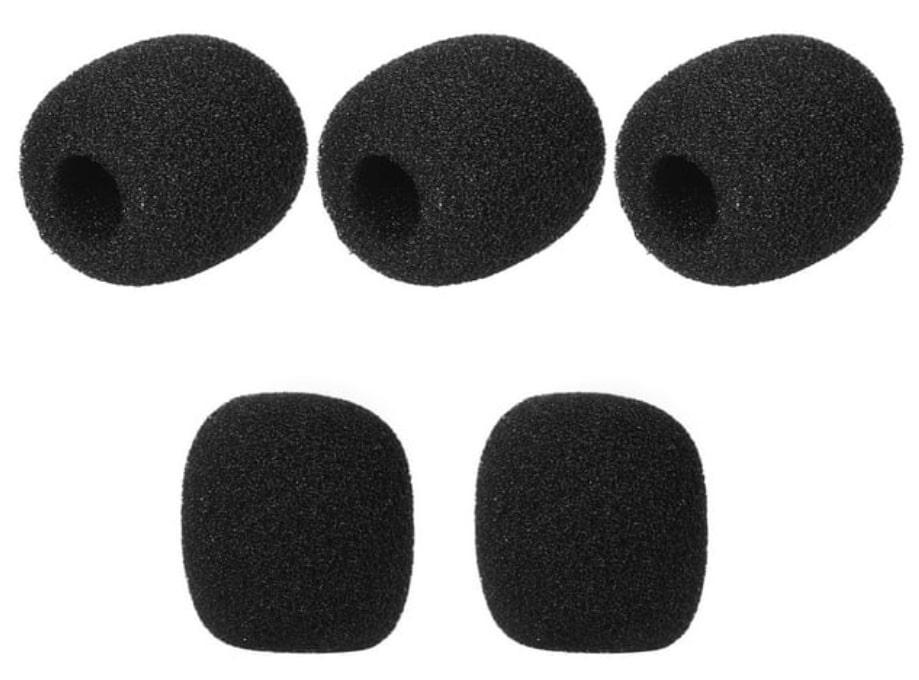
Fur Windjammers
Fur wind muffs, also known as “dead cats,†are designed to tackle stronger wind conditions than light breeze. They make use of synthetic or real fur material to cover the microphone to prevent wind distortions. Moreover, you can utilize these windjammers to block wind blowing at more than 6 m/s speeds. All these features make them suitable for shotgun microphones.
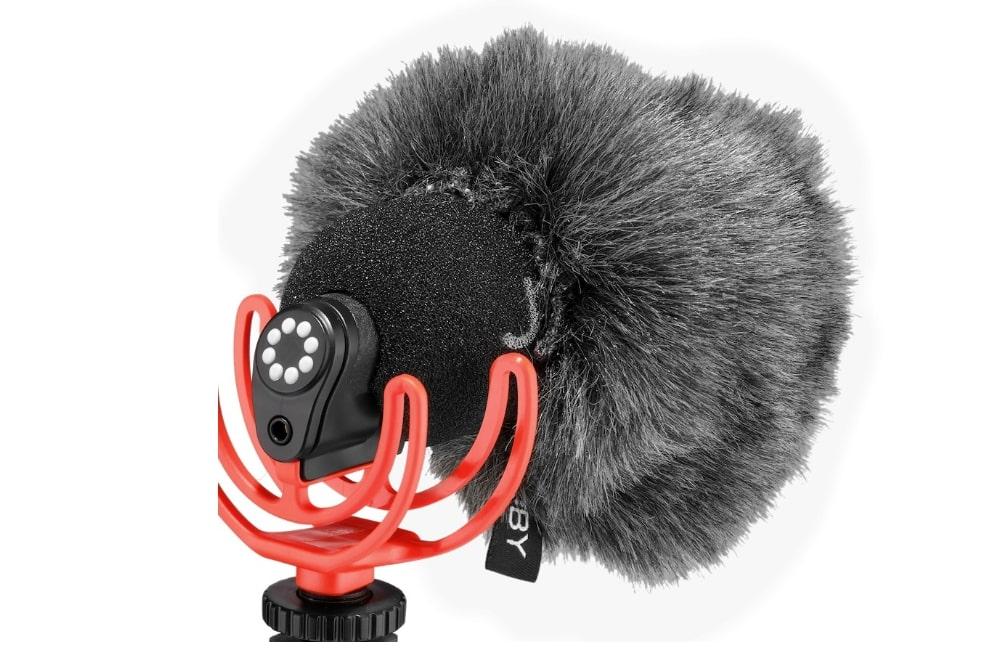
Professional Blimp Windshield
Professional videographers and moviemakers use these cylindrical windshields to cover the entire microphone. These wind muffs are often used for shotgun microphones, as they are highly effective at blocking wind noise. In addition, they also have suspension systems to isolate the mics from vibrations and other surrounding noise.
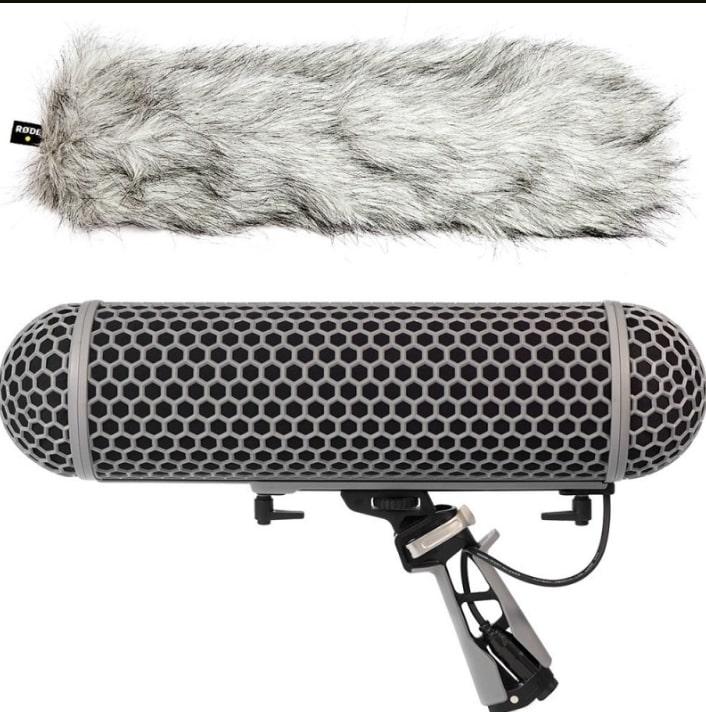
Applications of Wind Muffler for MicrophoneÂ
Wind mufflers have multiple applications depending on the scenarios and environments in which they are used. Due to this, many YouTubers and content creators are using wind mufflers globally to enhance the audio quality of their visual content. To understand what the main uses of wind mufflers are, let’s take a look at the following cases:Â
- Interviews and Podcasts: You might have seen in many podcasts and interview videos that there is a wind muffler on the microphone of the guest and host. In this case, a wind muffler minimizes the background noise during the interview for recording content without distortion.Â

- Enhancing Music in Live Performances: Musicians and sound engineers use wind mufflers to record and amplify the sound in live performances. It is because, using this accessory, it becomes easier to reduce noise in open-air festivals or concerts.Â

- Improving Vlogging Content: Content creators who travel a lot and love to create adventure- vlogs use this accessory very often. This way, they are able to enhance their audio quality while recording in challenging environments.Â
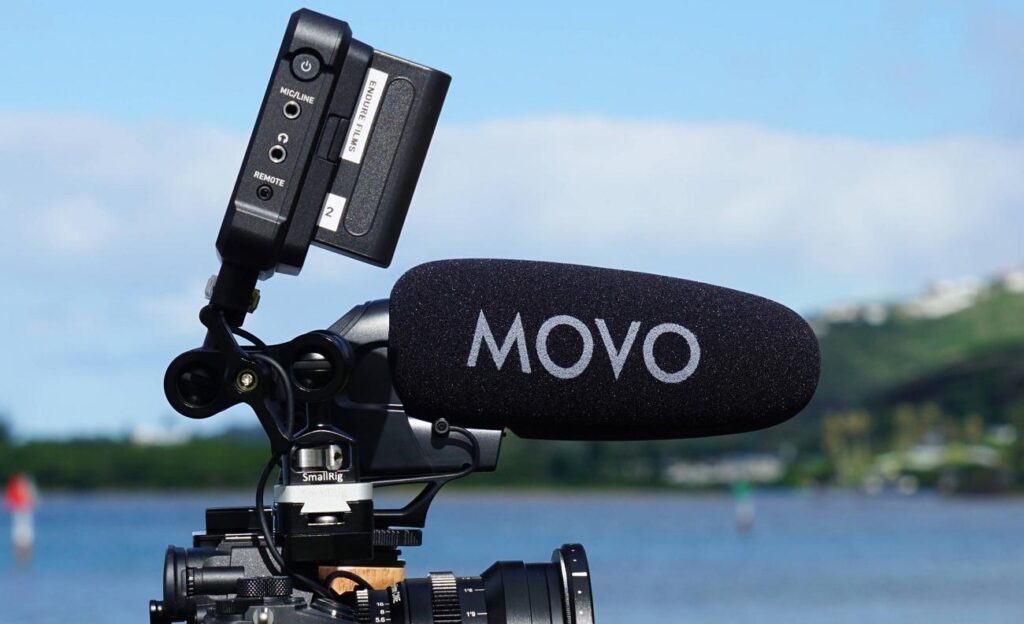
- Broadcasting Sports Matches: In multiple sports, wind mufflers are used on the microphones to capture outdoor sound efficiently. Doing this helps a lot with ineffective commentary without wind distortion.Â
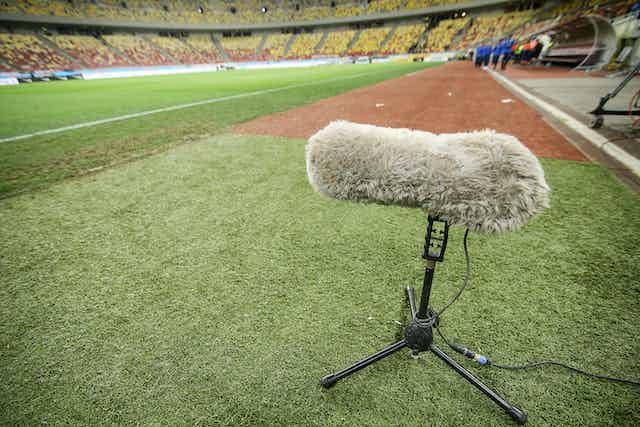
Steps of Using the Suitable Wind Muffler for MicrophoneÂ
Using wind mufflers sometimes becomes a tricky job because of their size and other features. That is why, below, we have mentioned the steps you can easily follow to use this accessory with your microphone.Â
Step 1: Choose the Right Accessory According to Your MicrophoneÂ
To begin using the wind muffler on your microphone, the first step you need to follow is choosing the right accessory that is compatible with your microphone. It is because wind mufflers have various sizes, due to which fitting it on an irrelevant microphone type is not possible. You also have to ensure that the windshield is good enough to prevent every type of wind distortion.Â
Step 2: Attach the Windshield on our Microphone ProperlyÂ
Moving ahead, make sure your microphone is mounted on its stand or holder so you can slip the wind muffler over its top. Take a proper look and ensure that the microphone diaphragm is covered properly. If you have the zipper or elastic bands with the accessory, use it to make your wind muffler stay in position.Â
Step 3: Check Proper Placement and Sound QualityÂ
Afterward, verify that your windshield is positioned correctly and covers all the components of your microphone. Besides this, check the sound quality to make sure that the windshield is positioned and working properly. Â
Tips to Utilize Wind Muffs for the Best Audio Recording Â
The effective use of these wind muffs is crucial to achieving clear and professional audio recordings in outdoor or windy conditions. You can also do so with the help of a little training to properly utilize these mic protectors. The following are some tips to help you use wind muffs in a proper manner.Â
- Completely Cover Mics with Wind Muffs: You have to ensure that the wind muff is properly installed on the microphone. It should cover the microphone capsule entirely, leaving no gaps for wind to enter. Always make sure to check for any loose or wrinkled areas that may allow wind to pass through.
- Prevent Dirt Accumulation: These wind muffs require regular inspection and cleaning to work properly without any issues. Over time, they can accumulate dirt, dust, and moisture, reducing their effectiveness. So, you should clean them according to the manufacturer’s instructions.
- Attach Wind Muff Securely to Mic: Users have to make sure that these wind muffs are perfectly attached to mics to avoid any wind disruption. If they are loosely attached, there is a possibility of wind affecting your sound quality.Â
- Use Windbreaks to Aid Wind Muffs: Set up physical windbreaks if you are recording in an extremely windy environment. You can place accessories like screens, walls, or natural barriers to shield the mic from wind.Â
FAQs Related to Wind MuffsÂ
Q1. How do you stop the wind from interfering with sound quality?
You have to use wind muffs or windshields designed for microphones to block and diffuse wind turbulence around the microphone. In windy environments, additional windbreaks can create a protective barrier to ensure clear audio recordings even in challenging outdoor conditions.
Q2. How does wind affect sound quality?
Wind affects sound quality by causing turbulence when it passes over a microphone, leading to disruptive noise in recordings. This wind noise can obscure desired audio and diminish overall recording quality. Wind protection measures, such as wind muffs, are crucial in outdoor environments to mitigate these effects.
Q3. Write about the best applications of wind muffs.
Wind muffs are indispensable in outdoor filmmaking and news reporting, guaranteeing high-quality audio by mitigating wind noise. They are also vital for field recordings in wildlife observation, preserving the natural soundscape while minimizing disturbance. In sports broadcasting, wind muffs enable clear commentary during outdoor events.
Q4. Do wind muffs work for all kinds of mics?
Wind muffs are created to minimize wind noise when used with condenser and dynamic microphones. They may not be necessary for ribbon microphones, as their design inherently minimizes sensitivity to wind. You have to ensure that the wind muff size matches the microphone’s capsule for optimal performance.
ConclusionÂ
Conclusively, we can say that wind muffs are valuable tools for achieving professional audio recordings in windy settings. These protective accessories will perfectly eliminate wind noise if you choose the right type and apply the appropriate technique to use wind muffs. With everything discussed in this article, you can optimize the overall quality of your audiovisual projects.
Displacement sensor, also known as linear sensor, is a linear device belonging to metal induction. The function of the sensor is to convert various measured physical quantities into electricity. In the production process, the measurement of displacement is generally divided into measuring the physical size and mechanical displacement. According to the different forms of the measured variable, the displacement sensor can be divided into two types: analog and digital. The analog type can be divided into two types: physical property type and structural type. Commonly used displacement sensors are mostly analog structures, including potentiometer-type displacement sensors, inductive displacement sensors, self-aligning machines, capacitive displacement sensors, eddy current displacement sensors, Hall-type displacement sensors, etc. An important advantage of the digital displacement sensor is that it is convenient to send the signal directly into the computer system. This kind of sensor is developing rapidly, and its application is increasingly widespread.
Magnetic Dro Scales,Ditron Magnetic Scales,Magnetic Linear Scale,Electronica Magnetic Scales
Changchun Guangxing Sensing Technology Co.LTD , https://www.gx-encoder.com
